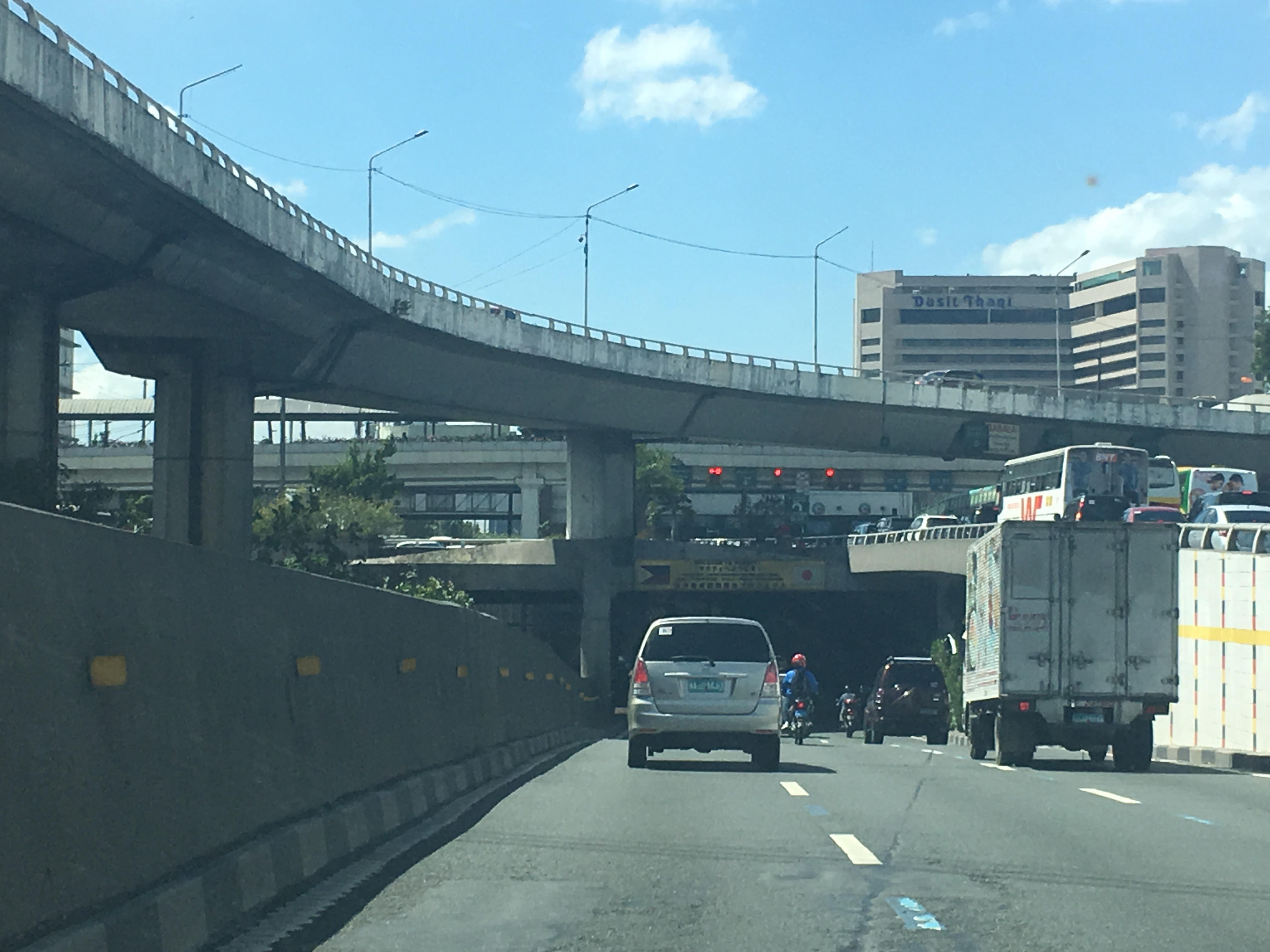
Uploaded on 2017-02-28 by Joseph Talampas
Density – Makati City is home to one of the three Central Business Districts in Metro Manila. While the city has about ~600,000, the population swells to over a million during the day as people coming from surrounding cities and rural areas travel to the city to work. Heavy traffic has become the norm (increasingly, more and more of the day can be classified as “rush hour”) due to delays in building public transport and the corresponding increase in the number of cars on the road. In the longer term, private developers are also building township projects, and among major global cities, Metro Manila has one of the highest population/immigration rates. Understanding these trends, building public transport, and finding ways to decongest the city or develop surrounding areas can help better manage the fluctuations in the population of the city. Energy – Makati and Metro Manila is part of the Luzon Grid. About 50% of energy is derived from coal (which the country imports primarily from Indonesia), 30% from natural gas, 10% from hydro, 6% from geothermal, and the rest from other sources wind, and solar. Makati City’s energy consumption is primarily for household and commercial electrification. Establishing self-sufficiency by finding ways to utilize locally-sourced coal, cultivating wind and solar in the mix, and building more energy-efficient buildings, together with the policy support can bring down electricity prices (one of the highest in Asia) and further boost economic growth and investment. Information – The Philippine Business Process Outsourcing (BPO) Industry is an ever-expanding industry, employing more and more citizens every year (many BPOs set-up in the Central Business District, where there is a high percentage of Filipinos fluent in business English). Filipinos are also ranked the highest in social media engagement. The citizens’ familiarity and love for IT and social media connectivity present opportunities to utilize the exchange of information in understanding patterns, moods, and behaviours, which can be used to reconfigure or rebuild the city towards better sustainability.